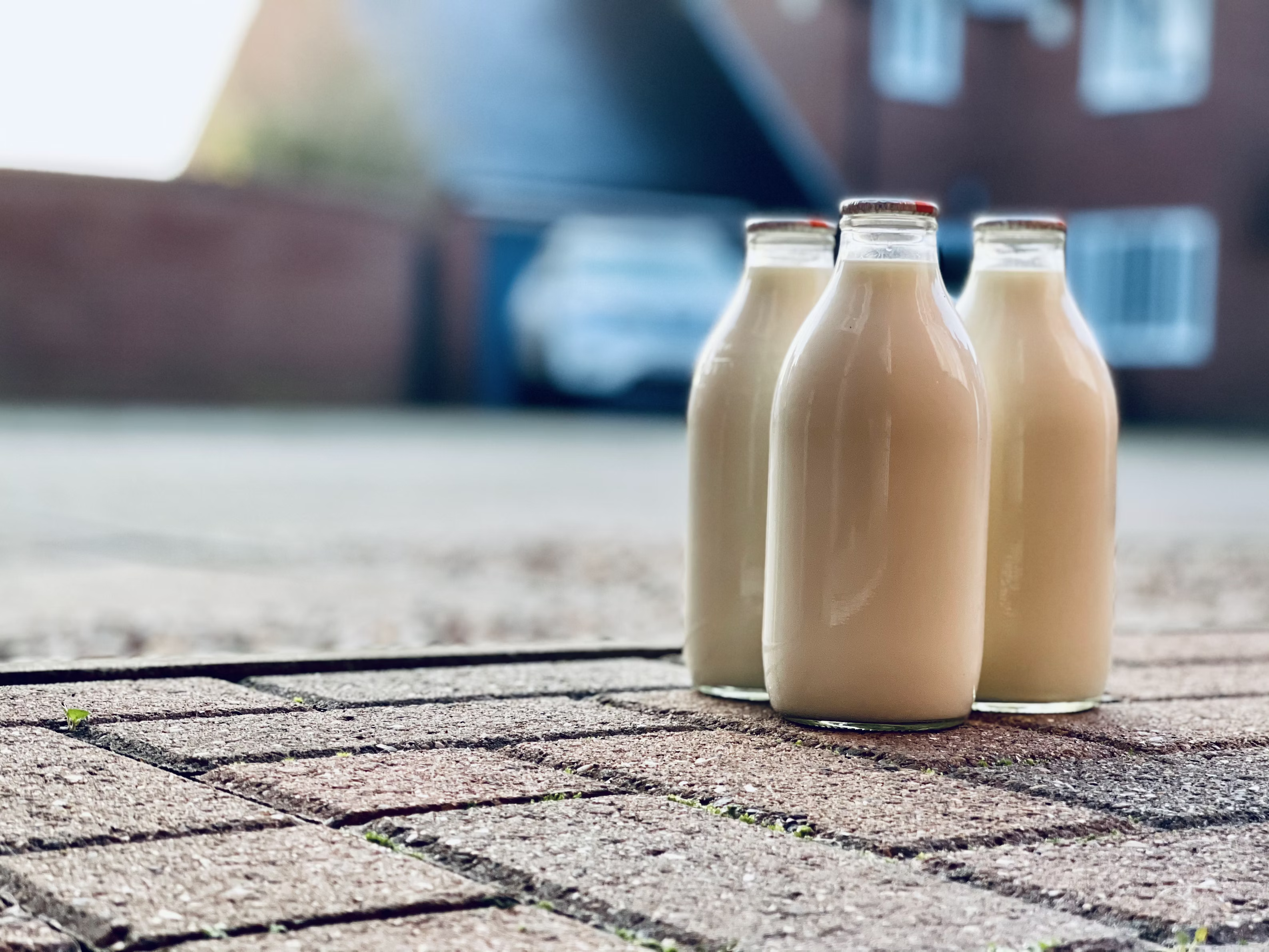2% Milk Calories: Essential Nutrition Facts
When discussing the nutritional content of various milk options, 2 percent milk often comes up as a popular choice for those seeking a balance between flavor and health benefits. Known also as reduced-fat milk, 2 percent milk strikes a middle ground with a lower fat content than whole milk but a higher fat content than skim milk, which significantly influences its calorie count. A cup of 2 percent milk typically contains 122 calories, giving it a place in the diets of individuals looking to monitor their calorie intake without foregoing the creaminess of whole milk.

When discussing the nutritional content of various milk options, 2 percent milk often comes up as a popular choice for those seeking a balance between flavor and health benefits. Known also as reduced-fat milk, 2 percent milk strikes a middle ground with a lower fat content than whole milk but a higher fat content than skim milk, which significantly influences its calorie count. A cup of 2 percent milk typically contains 122 calories, giving it a place in the diets of individuals looking to monitor their calorie intake without foregoing the creaminess of whole milk.
In addition to calories, the fat percentage is a defining aspect of 2 percent milk. The name itself indicates that the milk retains 2 percent of fat by weight, which is about half the fat present in whole milk. This reduction in fat, however, does not affect the milk's essential nutrients, making it a source of calcium, vitamin D, and protein. Balanced nutritional value is one of the key reasons why 2 percent milk is chosen by families and individuals who are health-conscious but still enjoy the taste and texture of milk with a little fat.
It's also worth noting that the actual calorie content can vary slightly depending on the brand and any additional fortifications such as vitamin A and vitamin D. Nutrition labeling provides the necessary information for individuals to make informed decisions based on their nutritional needs and preferences. For those managing their weight or monitoring macronutrient intake, measuring servings can help maintain an accurate calorie count.
Nutritional Profile of 2% Milk
2% milk delivers a balanced combination of essential nutrients and calories, making it a popular choice for those looking to maintain a moderate fat intake while still obtaining important vitamins and minerals.
Calories and Macronutrients
| Nutrient | Amount per 1 Cup | % Daily Value* | | ----------------- | ---------------- | --------------- | | Calories | 122-130 calories | 6-7% | | Total Fat | 4.5-5 grams | 6-8% | | Saturated Fat | 3 grams | 15% | | Protein | 8 grams | 16% | | Carbohydrates | 12-13 grams | 4% | | Sugars | 12 grams | - |
A one-cup serving of 2% milk is a source of energy and essential macronutrients. It contains a moderate amount of total fat, with a lower percentage of saturated fat compared to whole milk. The balance of protein and carbohydrates supports various bodily functions, including muscle repair and energy production.
Vitamins and Minerals
| Vitamin/Mineral | Amount per 1 Cup | % Daily Value* | | --------------- | ---------------- | --------------- | | Calcium | 293-300 mg | 25-30% | | Vitamin D | 120 IU | 15% | | Vitamin A | 120-500 IU | 15-20% | | Riboflavin | 0.5 mg | 35% | | Vitamin B12 | 1.1 µg | 45% | | Phosphorus | 229 mg | 18% | | Potassium | 366 mg | 8% |
The 2% milk is enriched with a variety of vitamins and minerals that are essential for bone health, immune function, and metabolic processes. It is an excellent source of calcium and also provides vitamin D, which together play a crucial role in maintaining bone density. Vitamin A supports vision and immune health, while riboflavin and vitamin B12 are key for energy production and the creation of red blood cells. The mineral phosphorus found in 2% milk aids in the formation of bones and teeth and is important for the body's utilization of carbohydrates and fats.
Dietary Considerations and Health Implications
When considering 2% milk as part of a diet, it is important to understand its nutritional content and how it compares to other milk types, as well as its caloric contribution and potential to be included in a variety of recipes.
Comparing Milk Types
2% milk, often referred to as reduced-fat milk, strikes a middle ground between whole milk and skim milk. A cup of 2% milk contains approximately 122 calories and 5 grams of fat, compared to whole milk which has about 149 calories and 8 grams of fat. On the other hand, skim milk has about 83 calories and less than 0.2 grams of fat per cup. All of these milk types offer a good source of calcium, protein, and vitamin D; the primary difference lies in the fat content.
Caloric Impact on Diet
When managing caloric intake for weight loss or maintenance, including 2% milk can be a smarter choice for those who want to cut fat content without forgoing milk’s nutritious benefits. This lower-fat milk option contains fewer calories than whole milk, making it a favorable choice for a balanced diet. It is also important to consider the serving size when counting calories; a standard serving of milk is one cup (about 244 grams).
Incorporating 2% Milk in Recipes
2% milk can be used in recipes that call for milk, providing a creamier flavor than skim milk without the added fat of whole milk. It can be a versatile ingredient in breakfast cereals, smoothies, and baked goods, and works well in sauces and soups where a lower-fat content is desirable. Moreover, using 2% milk can reduce the overall calories and fat in a recipe while still providing essential nutrients like calcium and protein.
Want more posts like this?Sign up for our FREE newsletter →